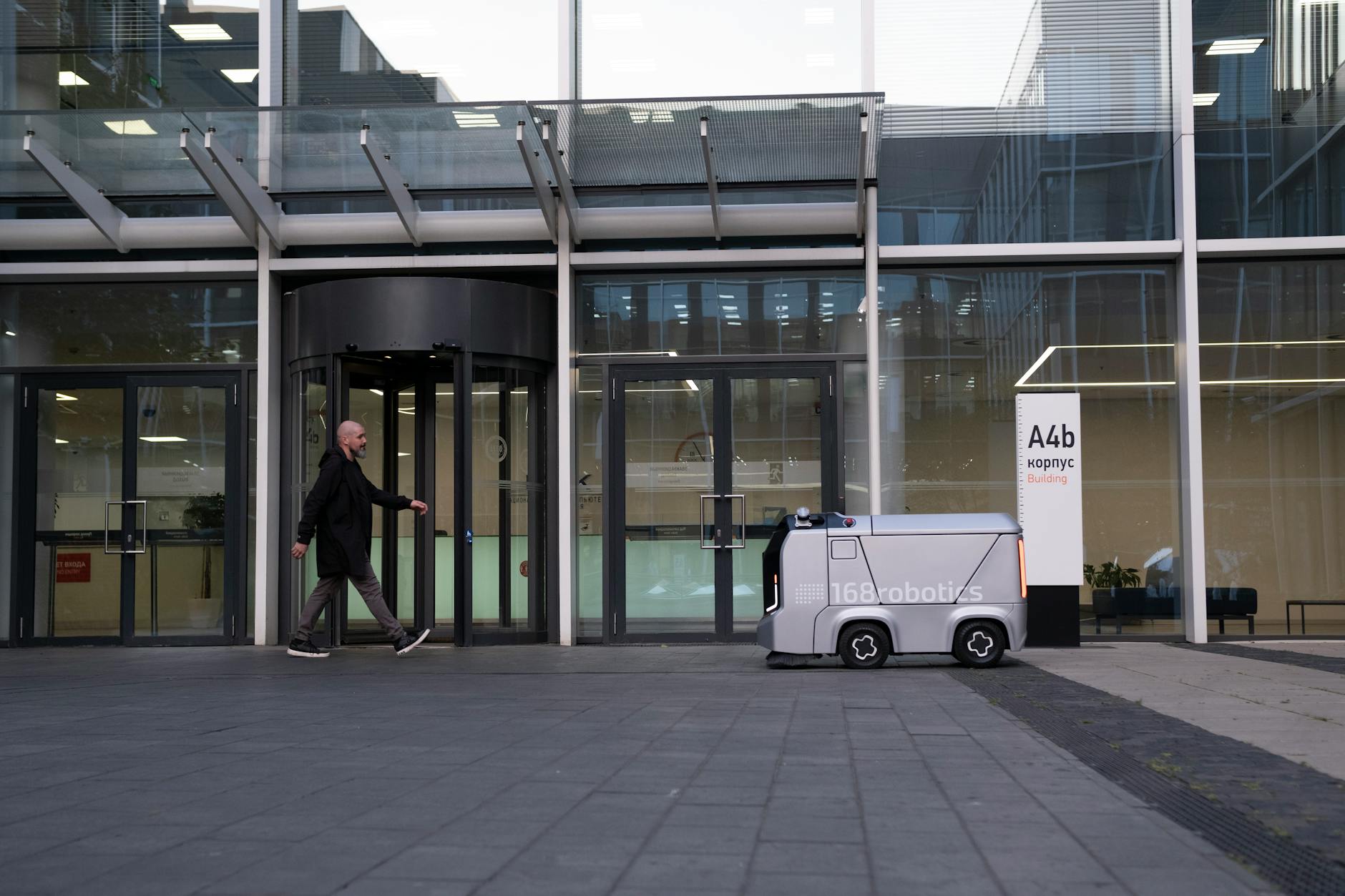- The Rise of AI and Robotics in Manufacturing
- Enhancing Efficiency with AI-Powered Robotics
- Improving Quality and Precision
- Smart Manufacturing with Predictive Maintenance
- Streamlining Production with Collaborative Robots
- Conclusion
Artificial Intelligence (AI) and robotics integration have revolutionized the manufacturing industry, transforming factories into efficient and smart operations. As technology continues to advance at a rapid pace, the synergy between AI and robotics is reshaping the way products are manufactured. This article delves into the impact of AI and robotics integration in factories, exploring how these technologies are enhancing efficiency, productivity, and quality in manufacturing processes.
The Rise of AI and Robotics in Manufacturing
AI and robotics are two cutting-edge technologies that have gained significant traction in the manufacturing sector. AI enables machines to learn, adapt, and perform tasks that traditionally required human intelligence. On the other hand, robotics involves the design, development, and deployment of robots to automate tasks and processes. By integrating AI with robotics, manufacturers can create intelligent systems that streamline operations, optimize productivity, and improve overall efficiency.
Enhancing Efficiency with AI-Powered Robotics
One of the key benefits of AI and robotics integration in manufacturing is the enhancement of operational efficiency. AI-powered robots can analyze vast amounts of data in real-time, enabling them to make informed decisions and adapt to changing conditions quickly. This level of intelligence allows robots to optimize production schedules, identify bottlenecks, and fine-tune processes for maximum efficiency. As a result, manufacturers can achieve higher production rates, reduce waste, and improve overall operational performance.
Improving Quality and Precision
Another significant advantage of AI and robotics integration is the ability to improve product quality and precision. Unlike human workers, robots do not experience fatigue or inconsistencies, leading to more consistent and accurate results. AI algorithms can enhance the precision of robotic movements, ensuring that products are manufactured to the highest standards. This increased level of quality control minimizes defects, reduces rework, and enhances customer satisfaction.
Smart Manufacturing with Predictive Maintenance
AI and robotics integration also enables smart manufacturing practices through predictive maintenance. By leveraging AI algorithms, manufacturers can monitor the performance of robotic systems in real-time and predict potential maintenance issues before they occur. This proactive approach to maintenance helps prevent costly downtime, prolongs the lifespan of equipment, and optimizes production uptime. Ultimately, predictive maintenance enhances operational reliability and reduces overall maintenance costs.
Streamlining Production with Collaborative Robots
Collaborative robots, or cobots, are another innovation made possible by AI and robotics integration. Unlike traditional industrial robots that are designed to operate autonomously, cobots are designed to work alongside human workers in a shared workspace. These collaborative robots enhance flexibility and agility in manufacturing operations, enabling manufacturers to adapt to changing production demands quickly. By combining the strengths of human workers with the precision and efficiency of robots, cobots facilitate a more harmonious and productive work environment.
Conclusion
In conclusion, the integration of AI and robotics is reshaping the future of manufacturing, driving efficiency, productivity, and quality to new heights. By harnessing the power of intelligent systems, manufacturers can optimize operations, improve product quality, and unleash innovative capabilities that were once unimaginable. As technology continues to evolve, the synergy between AI and robotics will continue to play a pivotal role in transforming factories into smart, efficient hubs of innovation. Embracing AI and robotics integration is not just a trend—it’s a strategic imperative for manufacturers looking to stay competitive in today’s fast-paced industry landscape.


